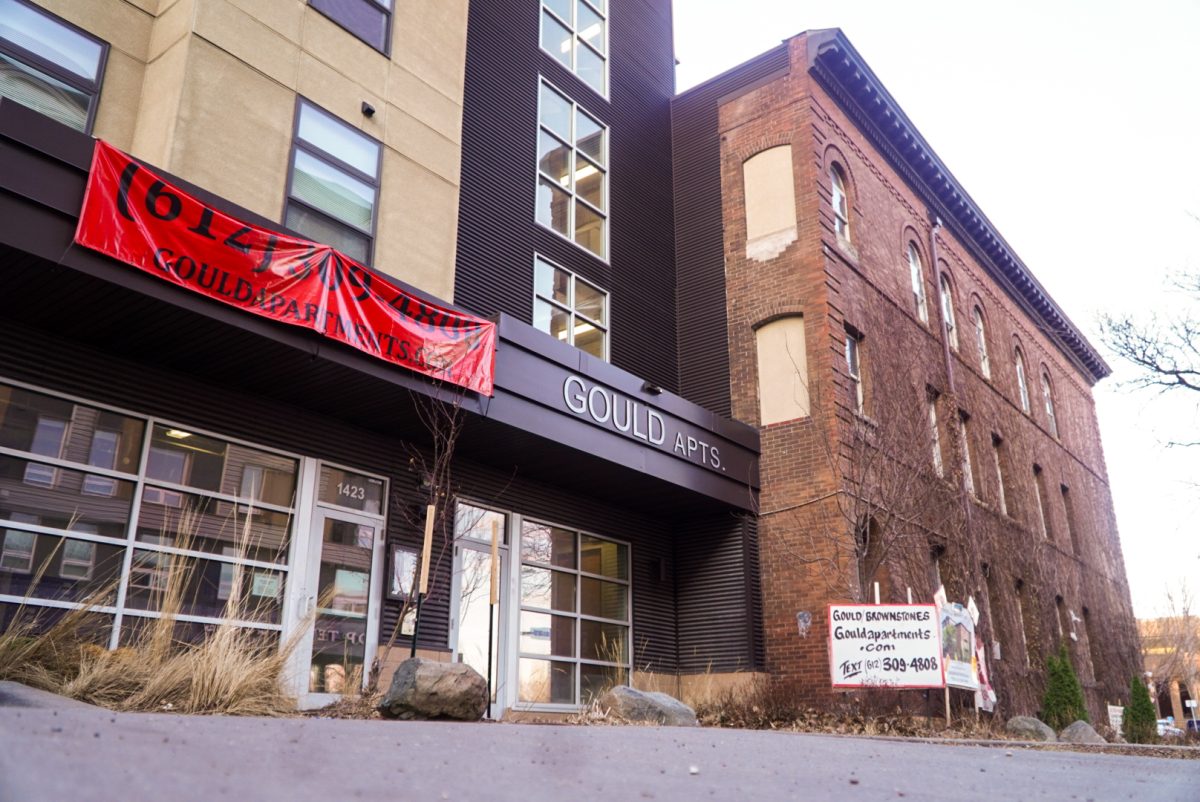A three-person student panel will decide by Friday whether 10 Gophers football players will be punished for their alleged involvement in a September sexual assault.
The players — accused of sexual assault and/or harassment — pleaded their cases to the panel in all-day, closed-door Thursday and Friday hearings last week after the University of Minnesota’s Office of Equal Opportunity and Affirmative Action recommended in December that five players be expelled, four suspended and one placed on probation.
EOAA officials found it “more likely than not” that the players had violated the school’s conduct code during a Title IX investigation by allegedly committing sexual assault and/or sexual harassment at an off-campus apartment after a Gophers football game.
The players deny that they sexually assaulted the reporting party and say the sex was consensual.
The Hennepin County Attorney’s Office has twice declined to press charges in the case following an investigation by the Minneapolis Police Department.
During the hearings, the committee heard testimony from the reporting party, players and experts, according to one of the players’ attorneys, Lee Hutton.
If found responsible, the players will appeal the decision to Provost Karen Hanson, Hutton said.
The players plan to take the case to federal court if the allegations aren’t cleared, Hutton told the Minnesota Daily Sunday.
“I feel so confident that the University investigation was in foul play that … we do plan on taking this to federal district court,” he said.
The players’ attorneys have repeatedly raised concerns about the University’s handling of the case.
Hutton said the school’s investigation was incomplete and riddled with bias. The players’ attorneys have also said the accused players haven’t received due process in the case.
A University spokesperson declined to comment on the hearings, citing student privacy laws.
The players were suspended from football activities in December by the athletics department after the EOAA completed its investigation.
The suspension spurred a less-than-48-hour boycott of all team activities by the football team — including the Dec. 27 Holiday Bowl against Washington State — until their teammates were reinstated. It also sparked counter-protests by sexual assault victim-survivors and allies, as well as the firing of former head football coach, Tracy Claeys.
Starting in 2011, the federal government under the Obama administration — concerned colleges and universities weren’t adequately addressing campus sexual assault — directed schools to more seriously tackle the issue.
Though controversial, schools were told to use a “more likely than not” preponderance of evidence — lower than the “beyond a reasonable doubt” standard criminal courts use — to determine whether an accused student was responsible for sexual misconduct.
In recent years, following the government’s pressure, the number of sexual misconduct cases at the University has increased.
About one-fourth of University female undergraduates and one in 20 male undergraduates report experiencing non-consensual sexual contact during their time enrolled in college, mirroring national numbers, according to a September 2015 Association of American Universities study. Overall, about 11 percent of students at the University report unwanted sexual contact.







